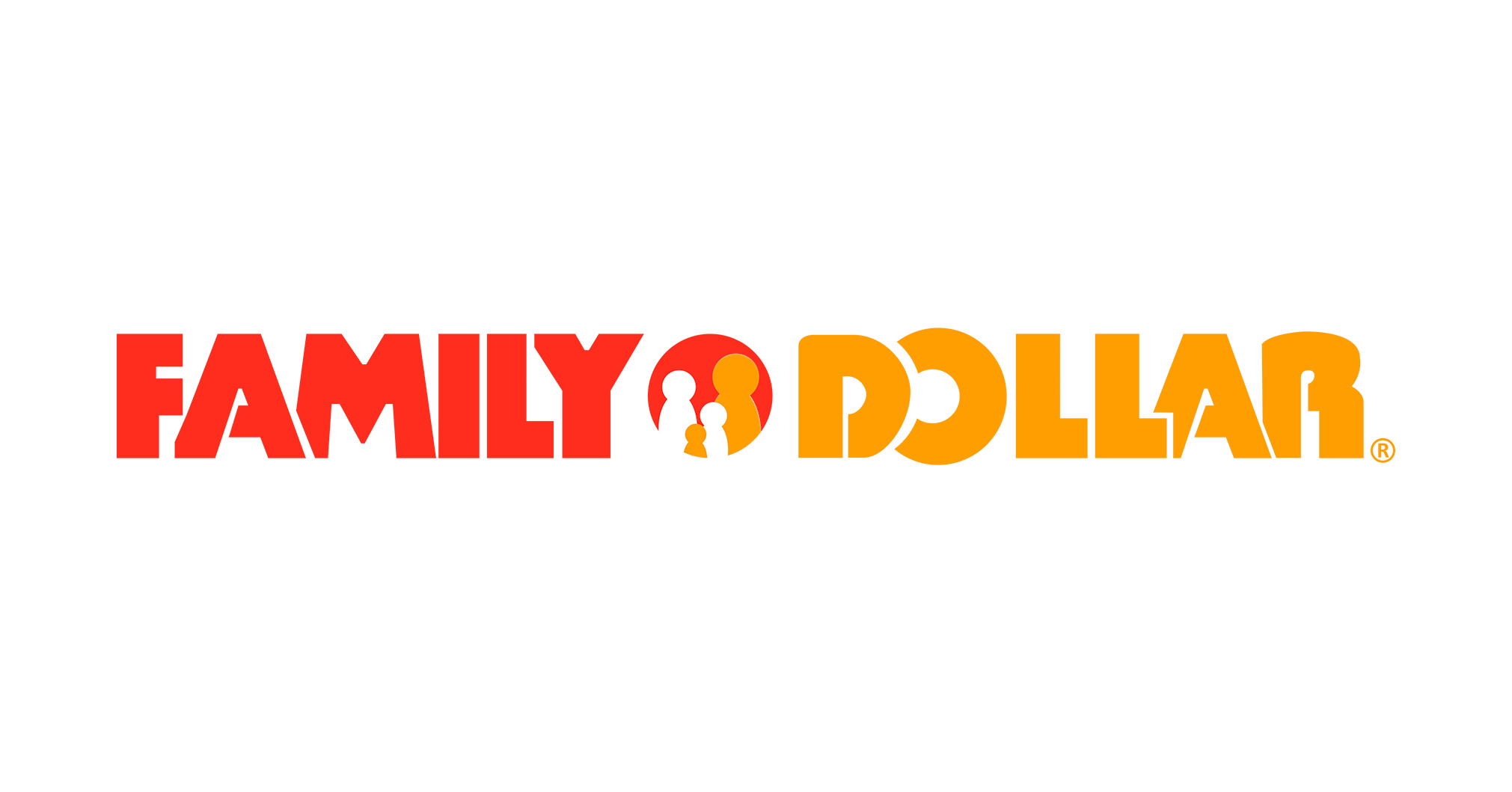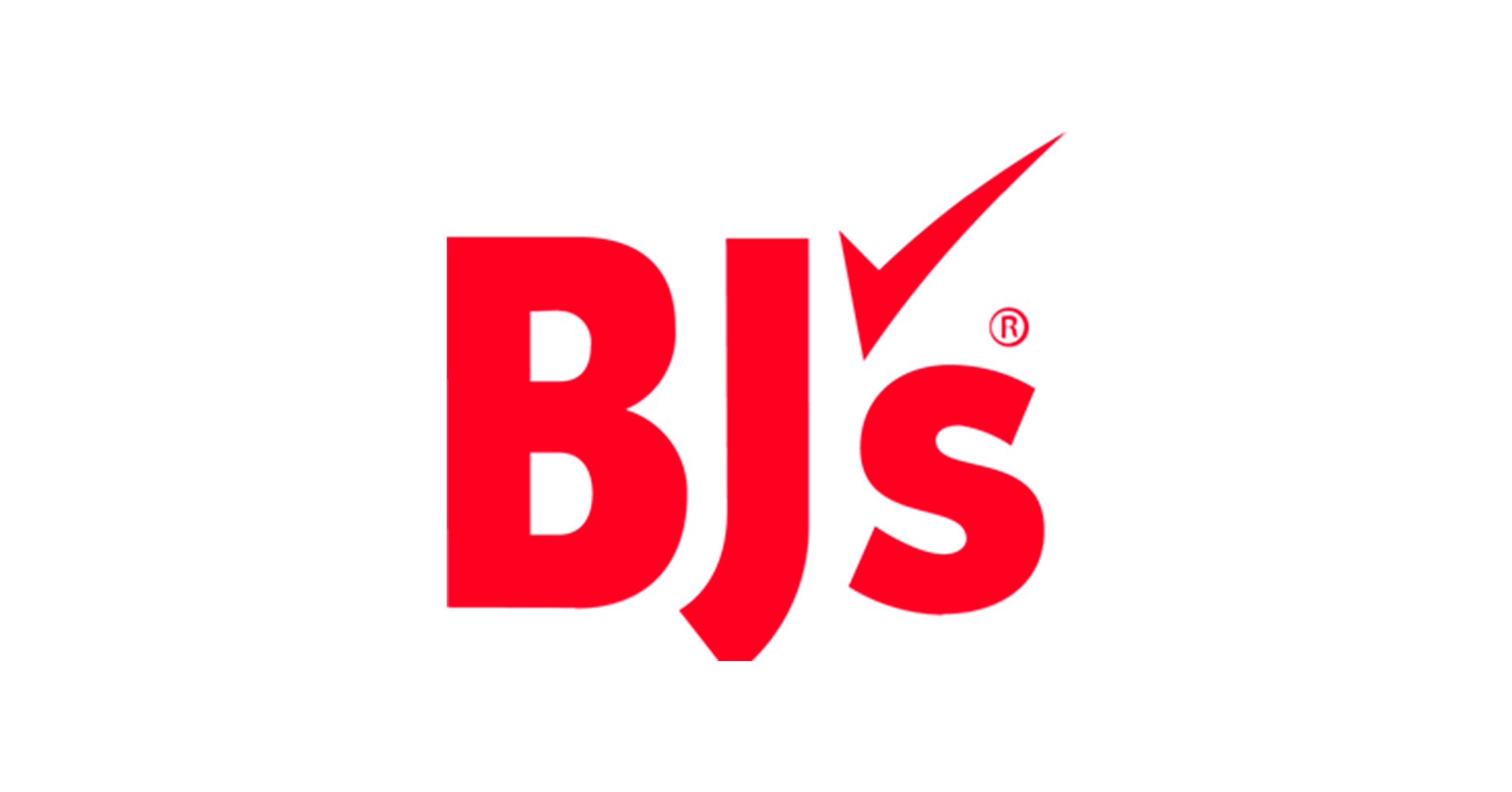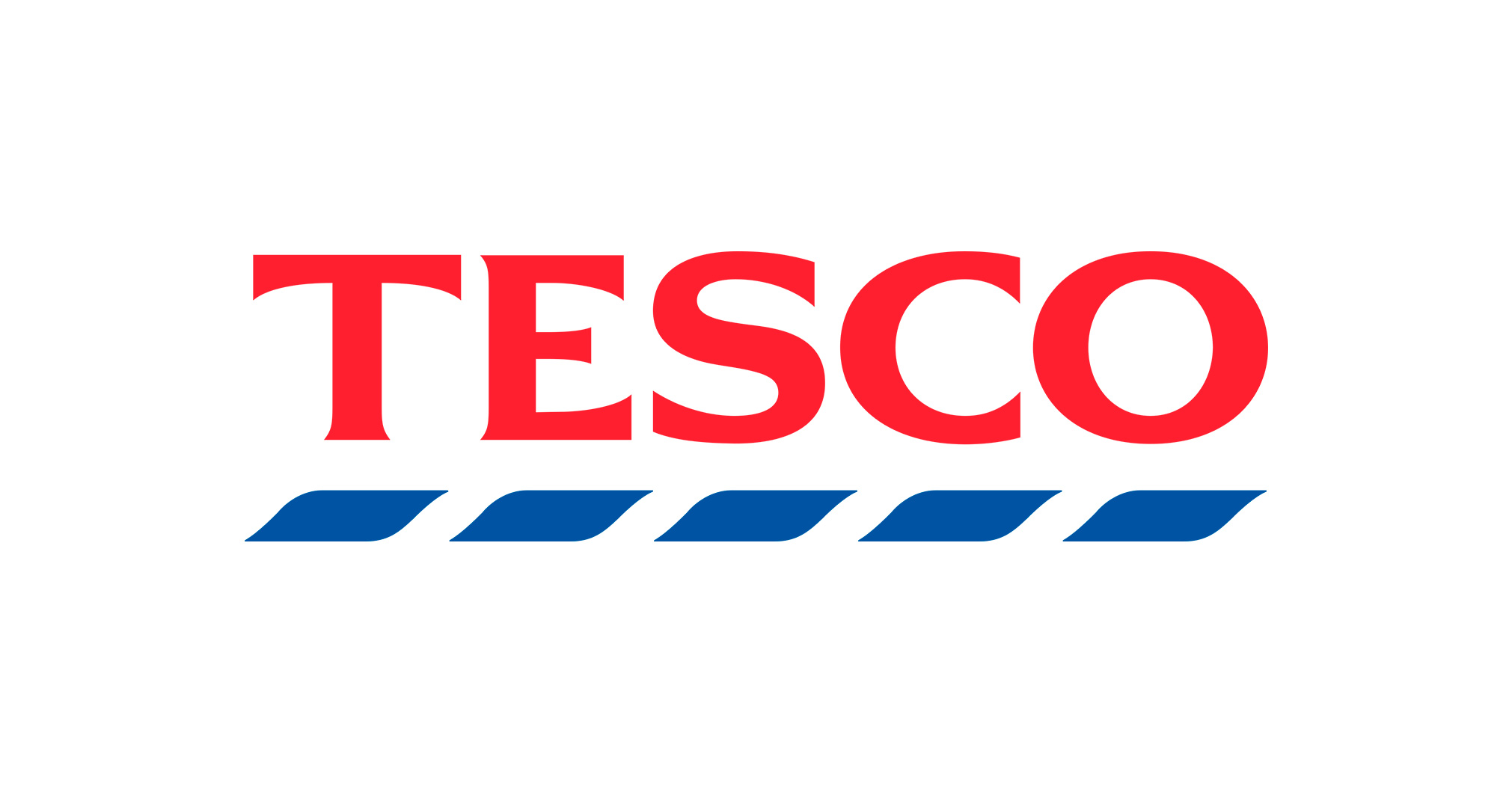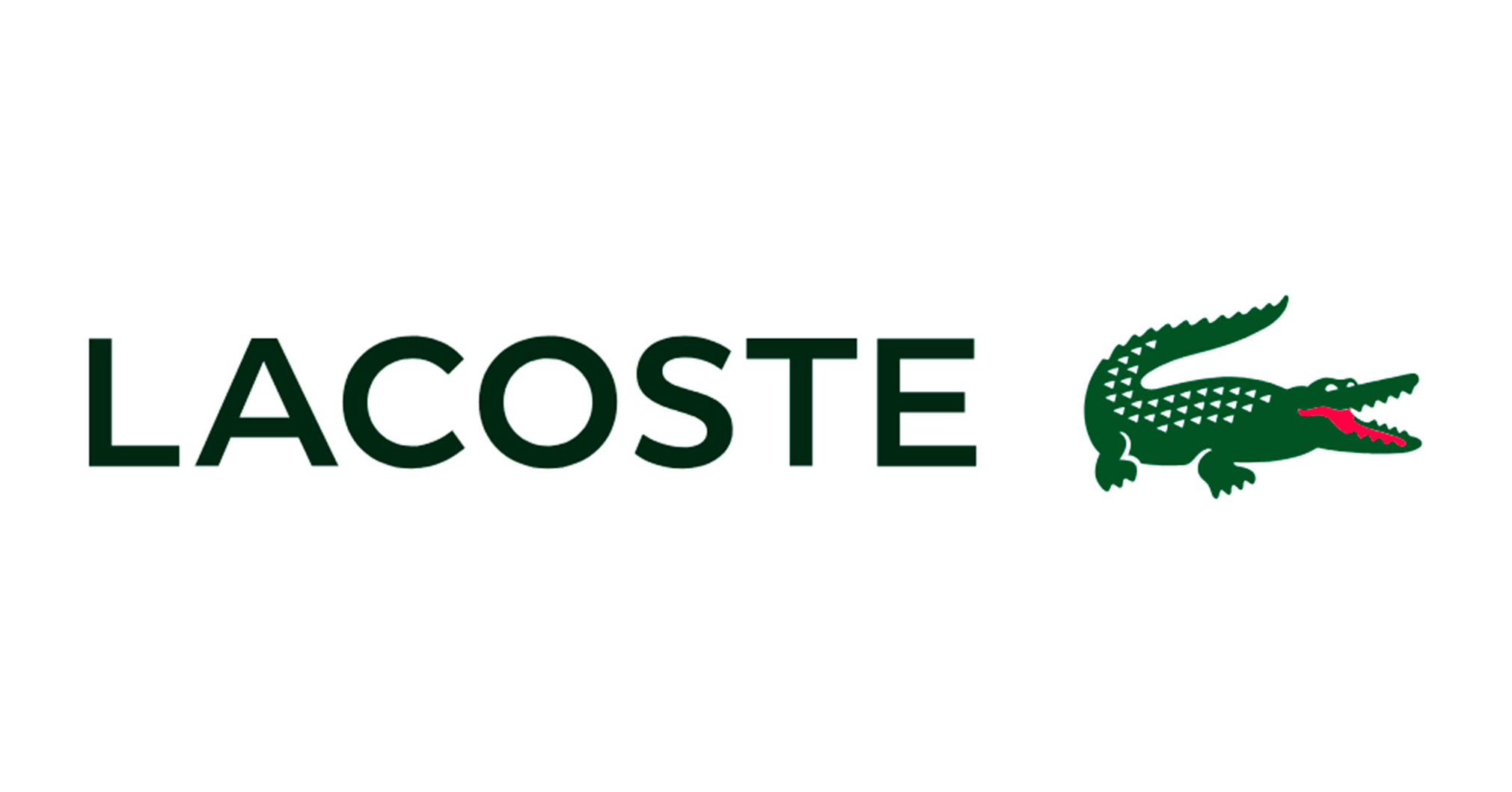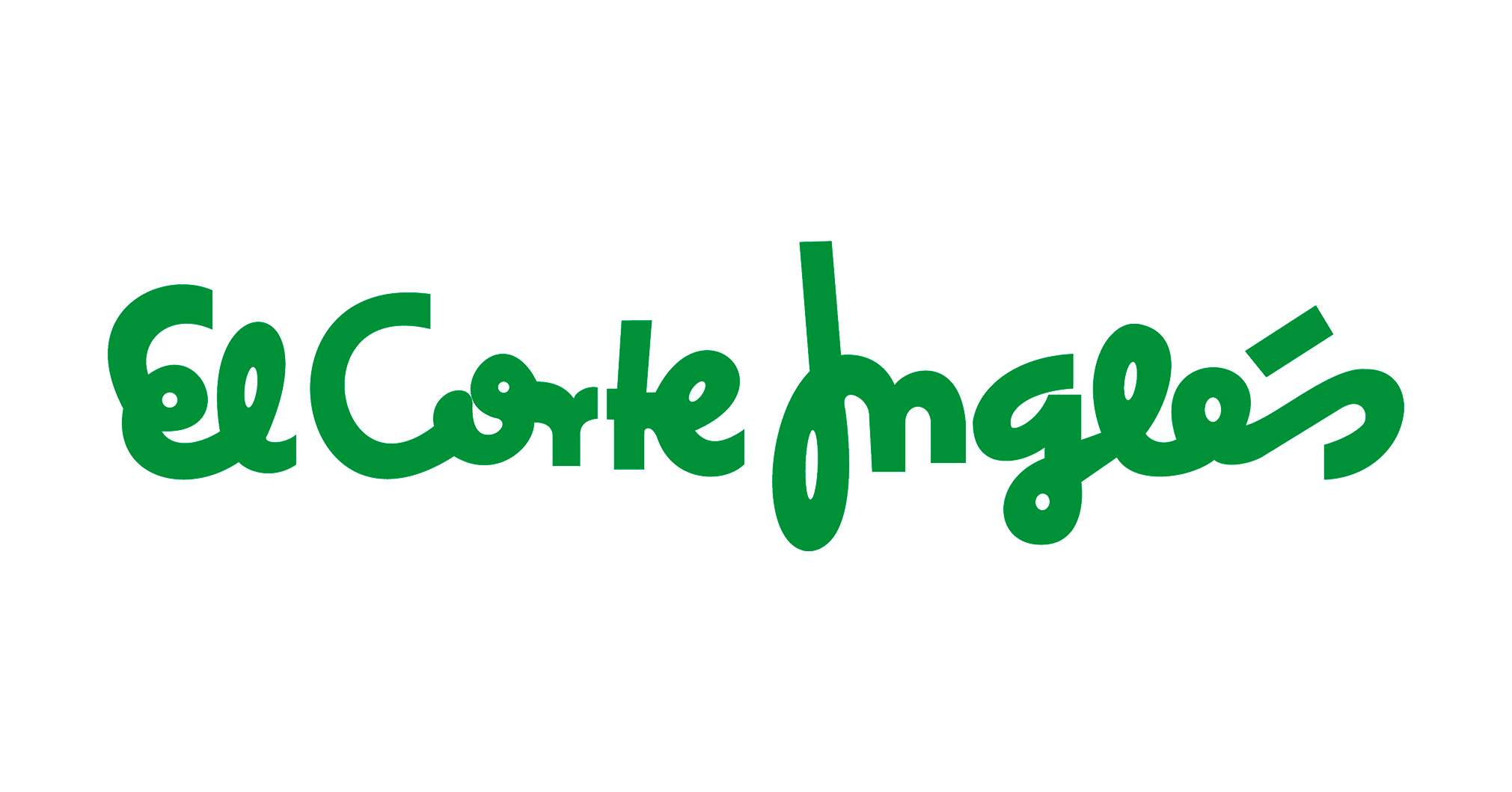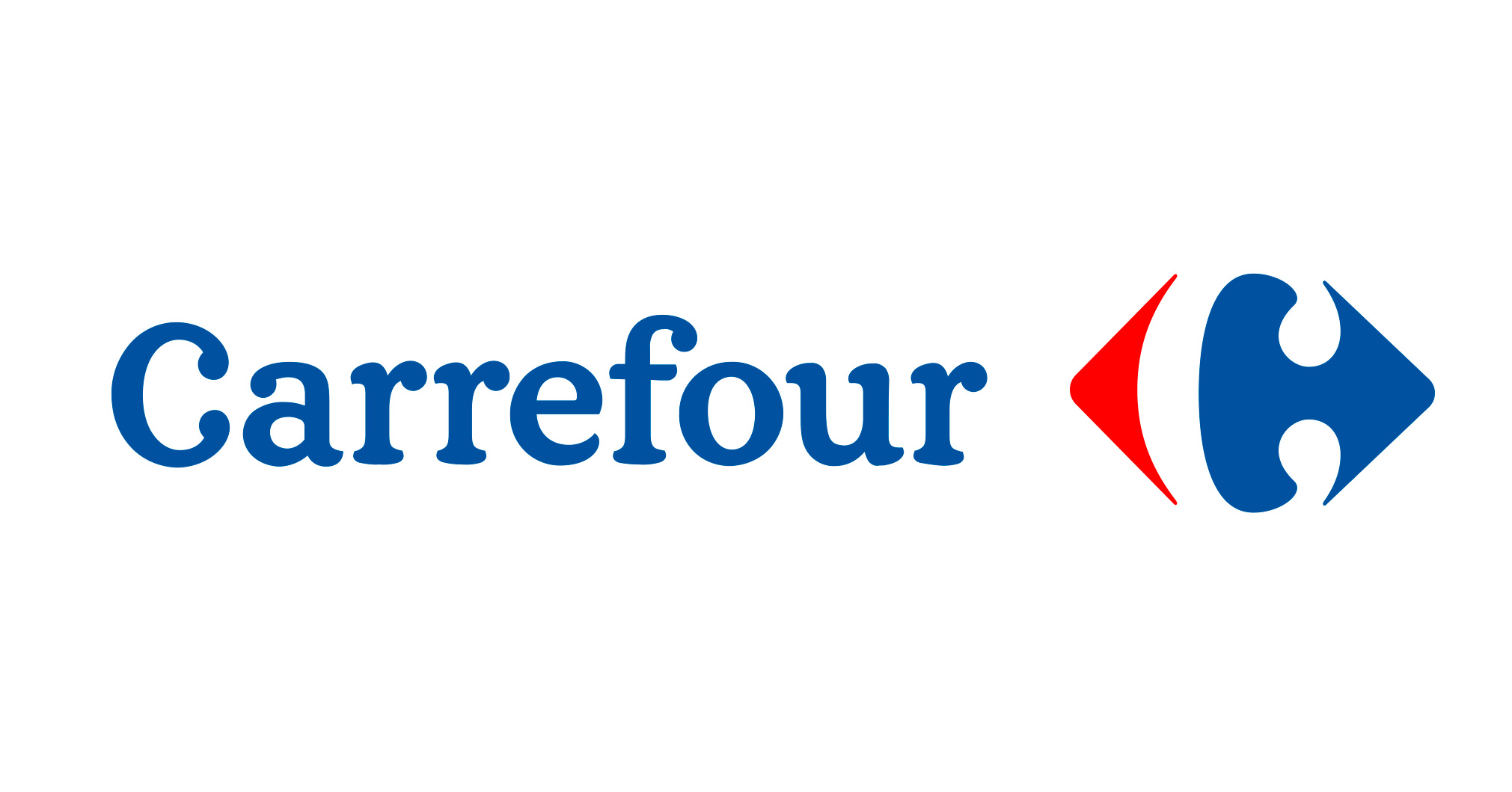Business demands change.
We make change happen.
We make change happen.
We believe in delivering seamless customer experiences and fostering innovation across various sectors. Unprecedented change in consumer demands drives the need for wider connectivity and deeper insights across the industry. By vertically integrating our market-leading solutions and technology across different markets, from source to shopper, we establish a solid foundation for industries prepared to embrace change.


Visible theft deterrents
Achieve maximum security for high-theft merchandise with our Alpha solutions and our RF Antennas to provide comprehensive protection.
Business demands change. We make change happen.
We believe in delivering seamless customer experiences and fostering innovation across various sectors. Unprecedented change in consumer demands drives the need for wider connectivity and deeper insights across the industry. By vertically integrating our market-leading solutions and technology across different markets, from source to shopper, we establish a solid foundation for industries prepared to embrace change.

Visible theft deterrents
Achieve maximum security for high-theft merchandise with our Alpha solutions and our RF Antennas to provide comprehensive protection.
Enhance your Labels
Our innovative Apparel Labeling Solutions offer retailers and brand owners a single source of truth for intelligent labeling.

Tag your products at source
Our source tagging solution offers a wide range of labels to meet various application needs efficiently.
Checkpoint helps to protect your products and profits.
We're proud to be a partner with every one of our clients who choose our solutions and services. Whether that's protecting your merchandise against theft, providing greater visibility throughout your supply chain to enable omnichannel retail, or offering a full package apparel labeling service.
As experts in our field, we're on hand to offer advice throughout every stage of your technology deployment to drive the greatest return on investment and provide leading retail technology solutions to your business.
Checkpoint helps to protect your products and profits.
We're proud to be a partner with every one of our clients who choose our solutions and services. Whether that's protecting your merchandise against theft, providing greater visibility throughout your supply chain to enable omnichannel retail, or offering a full package apparel labeling service.
As experts in our field, we're on hand to offer advice throughout every stage of your technology deployment to drive the greatest return on investment and provide leading retail technology solutions to your business.


